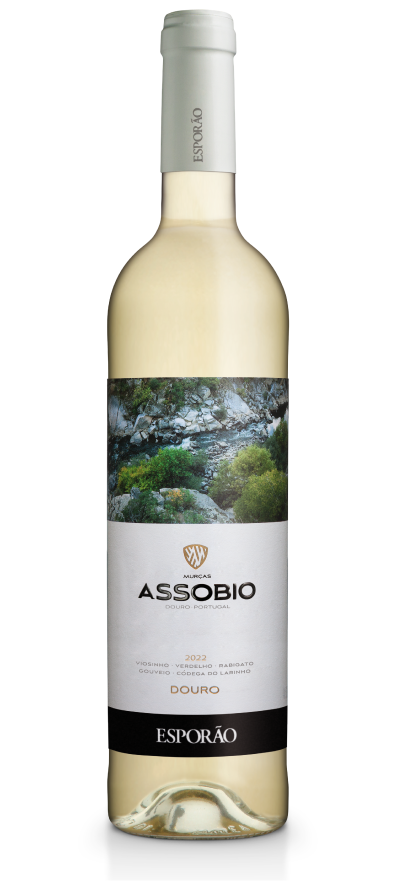back
Assobio White
-
Assobio
-
White wine
⋅
about the wine
Respecting the wine tradition of the oldest demarcated region in the world, these wines are produced based on their native varieties. Versatile and gastronomic, they embody the cooler side of the Douro.
DOURO – ALTITUDE – FRESHNESS
DOURO – ALTITUDE – FRESHNESS
